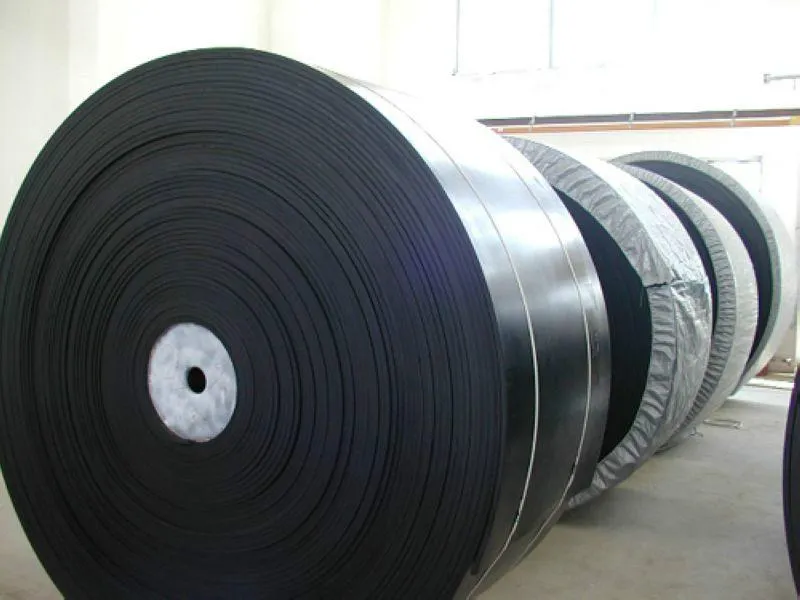 Afrikaans
Afrikaans  Albanian
Albanian  Amharic
Amharic  Arabic
Arabic  Armenian
Armenian  Azerbaijani
Azerbaijani  Basque
Basque  Belarusian
Belarusian  Bengali
Bengali  Bosnian
Bosnian  Bulgarian
Bulgarian  Catalan
Catalan  Cebuano
Cebuano  Corsican
Corsican  Croatian
Croatian  Czech
Czech  Danish
Danish  Dutch
Dutch  English
English  Esperanto
Esperanto  Estonian
Estonian  Finnish
Finnish  French
French  Frisian
Frisian  Galician
Galician  Georgian
Georgian  German
German  Greek
Greek  Gujarati
Gujarati  Haitian Creole
Haitian Creole  hausa
hausa  hawaiian
hawaiian  Hebrew
Hebrew  Hindi
Hindi  Miao
Miao  Hungarian
Hungarian  Icelandic
Icelandic  igbo
igbo  Indonesian
Indonesian  irish
irish  Italian
Italian  Japanese
Japanese  Javanese
Javanese  Kannada
Kannada  kazakh
kazakh  Khmer
Khmer  Rwandese
Rwandese  Korean
Korean  Kurdish
Kurdish  Kyrgyz
Kyrgyz  Lao
Lao  Latin
Latin  Latvian
Latvian  Lithuanian
Lithuanian  Luxembourgish
Luxembourgish  Macedonian
Macedonian  Malgashi
Malgashi  Malay
Malay  Malayalam
Malayalam  Maltese
Maltese  Maori
Maori  Marathi
Marathi  Mongolian
Mongolian  Myanmar
Myanmar  Nepali
Nepali  Norwegian
Norwegian  Norwegian
Norwegian  Occitan
Occitan  Pashto
Pashto  Persian
Persian  Polish
Polish  Portuguese
Portuguese  Punjabi
Punjabi  Romanian
Romanian  Russian
Russian  Samoan
Samoan  Scottish Gaelic
Scottish Gaelic  Serbian
Serbian  Sesotho
Sesotho  Shona
Shona  Sindhi
Sindhi  Sinhala
Sinhala  Slovak
Slovak  Slovenian
Slovenian  Somali
Somali  Spanish
Spanish  Sundanese
Sundanese  Swahili
Swahili  Swedish
Swedish  Tagalog
Tagalog  Tajik
Tajik  Tamil
Tamil  Tatar
Tatar  Telugu
Telugu  Thai
Thai  Turkish
Turkish  Turkmen
Turkmen  Ukrainian
Ukrainian  Urdu
Urdu  Uighur
Uighur  Uzbek
Uzbek  Vietnamese
Vietnamese  Welsh
Welsh  Bantu
Bantu  Yiddish
Yiddish  Yoruba
Yoruba  Zulu
Zulu Understanding Different Types of Bearing Housings for Various Applications
Understanding Bearing Housing Types An Essential Component in Mechanical Design
Bearing housings are critical components in machinery and equipment, serving as protective casings that house bearings, facilitate their alignment, and support associated components. The choice of bearing housing type can significantly impact the performance, reliability, and longevity of mechanical systems. There are several bearing housing types, each designed for specific applications and operating conditions. This article provides an overview of the most common types of bearing housings, their unique features, and the considerations for selecting the appropriate type.
1. Plummer Block Housings
Plummer block housings, also known as pillow block housings, are one of the most widely used types. They are designed to accommodate a single bearing mounted in a housing that often sits on machine beds or pedestals. The key feature of plummer blocks is their robustness; they typically have a rectangular shape with integral mounting feet and are manufactured from cast iron or steel for added strength. These housings excel in applications involving heavy loads, as they distribute weight evenly and reduce stress concentrations. Plummer blocks can also be lubricated easily, making maintenance straightforward.
2. Flanged Housings
Flanged housings are particularly advantageous in applications where space is at a premium or alignment of the shaft is critical. These housings feature a flange that allows for direct mounting onto machine components or frames. Available in various designs, flanged housings can accommodate various bearing types (e.g., deep groove ball bearings) and are often used in conveyor systems, automotive, and industrial machinery. Their compact design provides stability while minimizing the overall footprint of the assembly.
3. Spherical Roller Bearing Housings
Spherical roller bearing housings are specially designed to accommodate spherical roller bearings, which can handle misalignment and heavy radial loads. These housings typically have a spherical seating area, allowing for some degree of angular misalignment of the shaft. This characteristic is particularly beneficial in applications involving vibrations or where shaft displacement may occur. Spherical roller bearing housings are widely used in mining, construction, and other heavy-duty applications.
bearing housing types

4. Take-Up Housings
Take-up housings are typically used in belt drive applications where the tension of the belts must be adjusted. Equipped with an adjustable feature, these housings allow for the movement of the bearing assembly along a shaft to maintain the correct tension. Take-up bearings are essential in conveyor systems, where consistent tension is required for efficient operation. Their design facilitates easy installation and adjustment, crucial for optimizing performance.
5. Bearing Units with Integrated Seals
Modern bearing designs often integrate sealing solutions directly into the housing. These bearing units are designed to prevent contaminants such as dust, dirt, and moisture from entering the bearing, thus prolonging the service life of the equipment. This type is particularly suited for environments with high levels of contamination or exposure to the elements. The combined approach of housing and sealing in one unit simplifies assembly and reduces the risk of installing separate components incorrectly.
Choosing the Right Bearing Housing
Selecting the appropriate bearing housing type involves understanding the application's specific needs. Factors to consider include load capacity, operating speed, environmental conditions, and space limitations. It is also important to consider the ease of maintenance, lubrication options, and alignment requirements. Proper analysis can lead to better performance and reduced downtime, leading to increased productivity and cost-effectiveness.
Conclusion
In conclusion, bearing housings are vital for maintaining the functionality and reliability of mechanical systems. By understanding the different types available—plummer block, flanged, spherical roller, take-up, and units with integrated seals—engineers and technicians can make informed decisions leading to optimal performance of their machinery. This knowledge not only enhances operational efficiency but also contributes to the longevity of the equipment, making it a crucial aspect of mechanical design and engineering.
-
Revolutionizing Conveyor Reliability with Advanced Rubber Lagging PulleysNewsJul.22,2025
-
Powering Precision and Durability with Expert Manufacturers of Conveyor ComponentsNewsJul.22,2025
-
Optimizing Conveyor Systems with Advanced Conveyor AccessoriesNewsJul.22,2025
-
Maximize Conveyor Efficiency with Quality Conveyor Idler PulleysNewsJul.22,2025
-
Future-Proof Your Conveyor System with High-Performance Polyurethane RollerNewsJul.22,2025
-
Driving Efficiency Forward with Quality Idlers and RollersNewsJul.22,2025





























